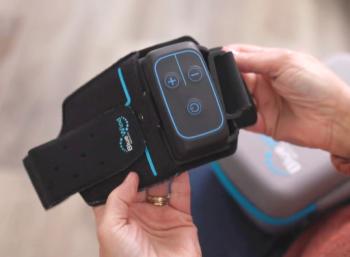
Medical Economics' EHR Best Practice Study participants discuss experiences
Four of the participants in Medical Economics' EHR Best Practices Study share their experiences, ranging from closing in on meeting meaningful use requirements to using a computer for the first time.
Ask doctors why they are implementing an electronic health record (EHR) system and the majority will say their primary goal is to achieve meaningful use and collect on the government's incentive program to go digital.
Margaret Coughlan, MD, a family physician in Millbrook, New York, is no different, except that she is closer to reaching this goal than most.
With plans to attest for meaningful use this month, Coughlan ranks as one of the first study participants to reach stage 1 of meaningful use after just 6 months.
Coughlan uses an EHR system from athenahealth, and she says the upfront investment in time paid dividends as she neared full implementation.
Because she runs a low overhead practice that includes just two front-office staff members, the training and time commitment required to implement the EHR were overwhelming at first, Coughlan admits.
To save time, she adds information to the system as patients come in for their appointments. "I try to book longer slots and keep more openings so I can get all the data in [the system]," she says. "Why waste your time putting in something for someone who is not going to come back?"
Much of the training was of the on-the-job variety. "You learn more by doing," she says, although training videos allowed her staff members to learn the system when it was most convenient for them, such as on weekends or during slow work periods.
For peers who have not yet chosen an EHR system, much less qualified for meaningful use, she recommends taking advantage of the demonstrations many companies offer. "It's so hard to figure out which one is good and which one is bad," Coughlan says. "It's very overwhelming." But in the long run, it's worth every penny of meaningful use incentive payments.
BIG CHALLENGE FOR A SMALL OFFICE
Implementing an electronic health record (EHR) system has been a challenge for Mark Shiu, MD, a family physician in Rancho Cucamonga, California, but not because he prefers using paper charts.
What Shiu says he does find tricky is putting a new EHR in place while conducting business as usual.
"A lot of practices slow down, but because I am a solo practitioner, I don't have that luxury," he says. "If I had to cut our [patient] load in half, I would really take a hit on my bottom line."
Although maintaining his usual work pace during the implementation process has been a challenge, Shiu devised a way to continue to see patients at the same rate.
"Allow for a lot of preparation time before the actual launch of the software," he advises. "You can train the staff and get comfortable with your templates before the actual full-on launch."
Shiu is using ABEL Medical Software Inc.'s ABELMed, a software-as-a-service system. "The big cost factor is whether to have a system in-house or hosted," he says. "I think an in-house system takes a lot of extra equipment, extra maintenance, extra people, and extra money."
Newsletter
Stay informed and empowered with Medical Economics enewsletter, delivering expert insights, financial strategies, practice management tips and technology trends — tailored for today’s physicians.














